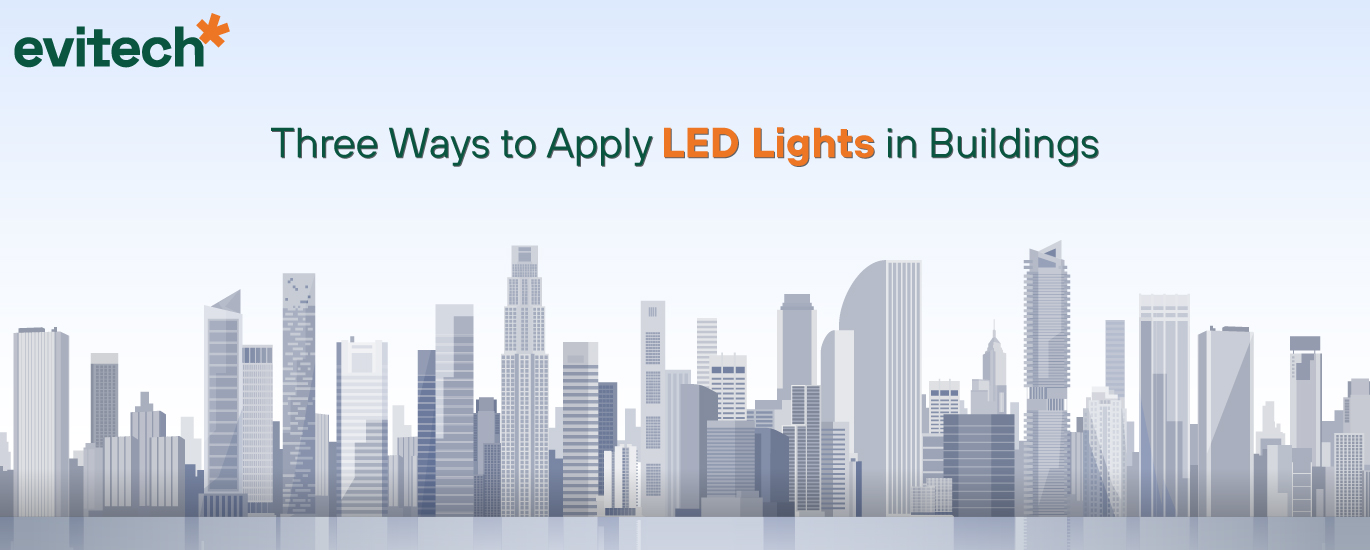Three Ways to Apply LED Light in Buildings
When planning a lighting upgrade with LED light, an important aspect is the selection of lamps and luminaires. The goal is to save energy, but lighting quality should not be affected.
LED products are characterized by their variety, and an incorrect selection will not provide adequate illumination.
Depending on the degree to which the current lighting system is modified, LED light projects can be classified into three types:
- Change of lamps
- Retrofit
- Change of luminaires
The three options are explained below, as well as their advantages and disadvantages.
There are simple LED lamps, retrofit kits, and complete luminaires.
Change of Lamps by LED
A change of lamps is the fastest and cheapest option. Today, it is possible to find LED lamps that use the same power sources and connections as the replaced lamps.
In other words, it is enough to disconnect the existing spotlight and connect an equal one in the LED version.
Lamp changes are effective when the budget is limited. They are also often applied in busy areas or with long working hours, where there is little time to improve the facilities.
The disadvantage of a change of lamps is that the maximum possible saving is not always achieved. Since existing fixtures are not modified, fluorescent or HID ballasts remain connected.
In this case, the LED lamps are designed to be connected to the ballasts. This allows for quick installation, but ballasts dissipate energy as heat.
LED Lighting Retrofits
A retrofit project uses the existing lighting fixtures, similar to a change of lamps. However, in a retrofit, the internal connections of the luminaires are also modified. For example, if there are fluorescent or HID lamps with ballasts, they are switched off.
A retrofit uses LED products with integrated power supplies, which have higher efficiency than ballasts.
As a retrofit involves changes to the electrical connections, it requires more technical knowledge than a change of lamps. The cost of the project increases, and more time is also needed.
However, further energy savings are achieved by eliminating ballasts.
An LED retrofit is recommended in buildings with many fluorescent or HID lamps. By eliminating ballasts from the system, savings can be significant.
An LED retrofit changes the lamps and the internal connections of the luminaires.
Change of Luminaires by LED
The third option for applying LED lighting is to remove the existing luminaires, including their casing. New LED luminaires are installed, achieving high efficiency and quality of light.
As expected, a complete change of luminaires costs more than a change of lamps or a retrofit. It also requires more time, as it is a more complex installation.
A complete change of luminaires is recommended when there is a high budget for energy-saving projects. It is also a good option if a significant remodelling is planned that includes changing luminaires.
In this case, the opportunity can be taken to apply high-efficiency LED lighting.
Latest Post
- Why do LED Spotlights Burn?
- What is the electricity consumption of LED Christmas lights?
- What are LED lighting towers, and What are their Applications?
- Using Natural Light in LED Lighting Designs
- Use of LED Lights in Domestic Houses
- Three Ways to Apply LED Light in Buildings
- Savings in Air Conditioning with LED Lighting
- Replacement of Halogen Spotlights by LED
- Recommendations when Buying LED Lights for Cars
- LED Lighting Connected to the Internet: A Promising Technology


